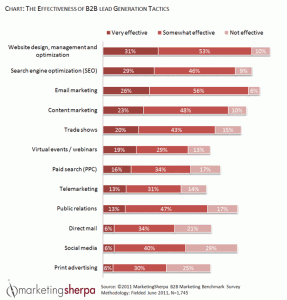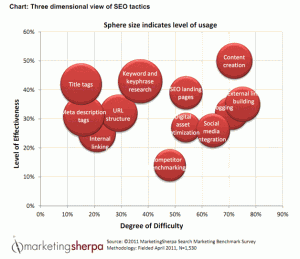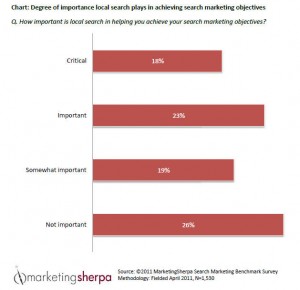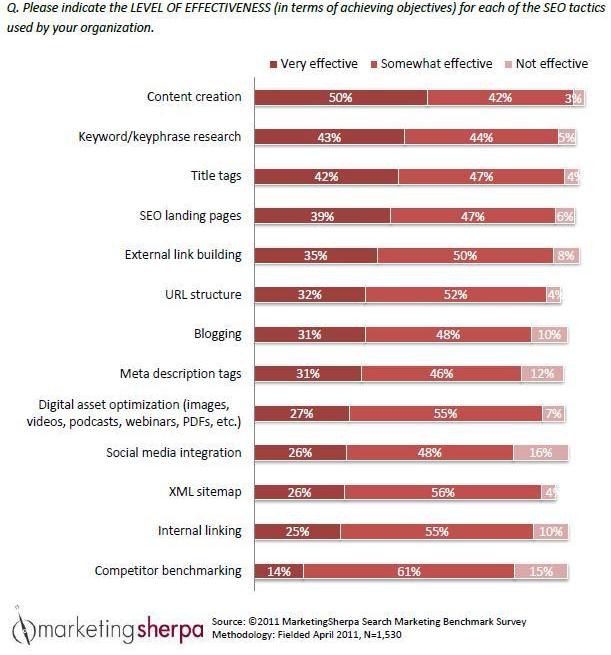Content Marketing: How scrapers impact your content strategy
 Content marketing is an important strategy for both consumer and B2B marketers, and it’s a major component of inbound and email marketing as well.
Content marketing is an important strategy for both consumer and B2B marketers, and it’s a major component of inbound and email marketing as well.
One issue that probably receives less attention than deserved is content scraping. This is a particular problem with easily digested material such as blog posts, whitepapers and articles.
Less than scrupulous website owners will go to your site, scrape your content and repost your work to their website.
This hurts your content marketing strategy in two major ways: one, it dilutes your brand awareness because some people will find your content on someone else’s website; and two, it essentially confuses search engines with the duplicate content and negatively affects your SEO.
To find out more about content scraping, and learn some tricks to combat the practice, I spoke with Rami Essaid, co-founder and CEO of Distil, a company that protects websites against unauthorized scraping.
As you might guess, this topic is near and dear to Rami’s heart, and he provides insight into how it happens and what you can do proactively to protect your content.
MarketingSherpa: Tell me why content marketers should be aware of, and concerned about, content scraping.
Rami Essaid: Marketing has shifted toward content marketing as the medium to drive traffic to websites. The reason it’s so powerful is because it provides valuable information to the end user, and allows marketers to brand within the content along with sending out the company’s message.
By having that content diluted and copied around the world, you are not able to capitalize on one hundred percent of the market reading your content.
When you think about any time you put something out there and it gets copied, scraped and duplicated, people are consuming it all around the world, but they are not consuming it from you, and you are losing the effectiveness of all of that hard work that you put into that content marketing.





 The week before last, I attended Dreamforce, along with more than 45,000 marketing and sales professionals, as a guest of
The week before last, I attended Dreamforce, along with more than 45,000 marketing and sales professionals, as a guest of 








